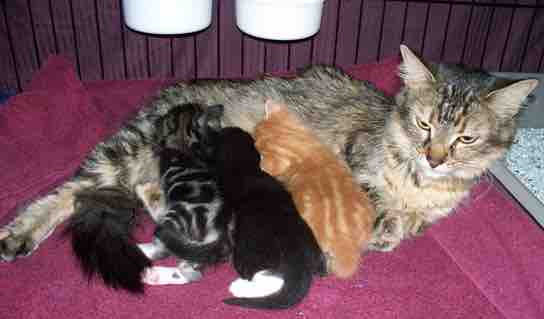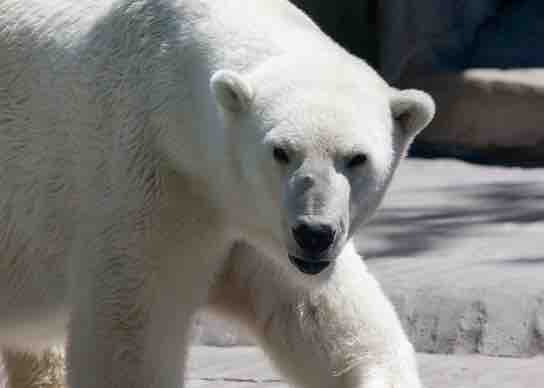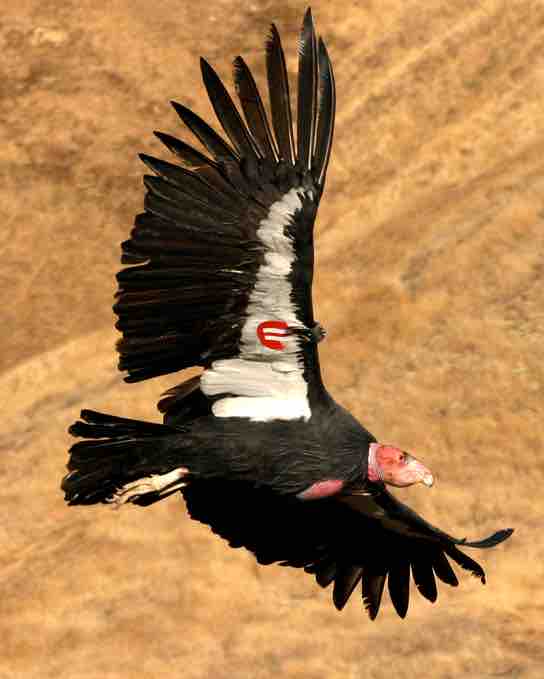Properties of Life
All living organisms share several key characteristics or functions: order, sensitivity or response to the environment, reproduction, growth and development, regulation, homeostasis, and energy processing. When viewed together, these eight characteristics serve to define life.
Order
Organisms are highly organized, coordinated structures that consist of one or more cells. Even very simple, single-celled organisms are remarkably complex: inside each cell, atoms make up molecules; these in turn make up cell organelles and other cellular inclusions. In multicellular organisms , similar cells form tissues. Tissues, in turn, collaborate to create organs (body structures with a distinct function). Organs work together to form organ systems.

Multicellular Organisms
A toad represents a highly organized structure consisting of cells, tissues, organs, and organ systems.
Sensitivity or Response to Stimuli
Organisms can respond to diverse stimuli. For example, plants can grow toward a source of light, climb on fences and walls, or respond to touch . Even tiny bacteria can move toward or away from chemicals (a process called chemotaxis) or light (phototaxis). Movement toward a stimulus is considered a positive response, while movement away from a stimulus is considered a negative response.

Response to Stimuli
The leaves of this sensitive plant (Mimosa pudica) will instantly droop and fold when touched. After a few minutes, the plant returns to normal.
Reproduction
Single-celled organisms reproduce by first duplicating their DNA. They then divide it equally as the cell prepares to divide to form two new cells. Multicellular organisms often produce specialized reproductive germline cells that will form new individuals. When reproduction occurs, genes containing DNA are passed along to an organism's offspring. These genes ensure that the offspring will belong to the same species and will have similar characteristics, such as size and shape .

Reproduction
Although no two look alike, these kittens have inherited genes from both parents and share many of the same characteristics.
Growth and Development
All organisms grow and develop following specific instructions coded for by their genes. These genes provide instructions that will direct cellular growth and development, ensuring that a species' young will grow up to exhibit many of the same characteristics as its parents.
Regulation
Even the smallest organisms are complex and require multiple regulatory mechanisms to coordinate internal functions, respond to stimuli, and cope with environmental stresses. Two examples of internal functions regulated in an organism are nutrient transport and blood flow. Organs (groups of tissues working together) perform specific functions, such as carrying oxygen throughout the body, removing wastes, delivering nutrients to every cell, and cooling the body.
Homeostasis
In order to function properly, cells need to have appropriate conditions such as proper temperature, pH, and appropriate concentration of diverse chemicals. These conditions may, however, change from one moment to the next. Organisms are able to maintain internal conditions within a narrow range almost constantly, despite environmental changes, through homeostasis (literally, "steady state")—the ability of an organism to maintain constant internal conditions. For example, an organism needs to regulate body temperature through a process known as thermoregulation. Organisms that live in cold climates, such as the polar bear , have body structures that help them withstand low temperatures and conserve body heat. Structures that aid in this type of insulation include fur, feathers, blubber, and fat. In hot climates, organisms have methods (such as perspiration in humans or panting in dogs) that help them to shed excess body heat.

Homeostasis
Polar bears (Ursus maritimus) and other mammals living in ice-covered regions maintain their body temperature by generating heat and reducing heat loss through thick fur and a dense layer of fat under their skin.
Energy Processing
All organisms use a source of energy for their metabolic activities. Some organisms capture energy from the sun and convert it into chemical energy in food; others use chemical energy in molecules they take in as food .

Energy Processing
The California condor (Gymnogyps californianus) uses chemical energy derived from food to power flight.
Evolution
As a population of organisms interacts with the environment, individuals with traits that contribute to reproduction and survival in that particular environment will leave more offspring. Over time those advantageous traits (called adaptations) will become more common in the population. This process, change over time, is called evolution, and it is one of the processes that explain the diverse species seen in biology. Adaptations help organisms survive in their ecological niches, and adaptive traits may be structural, behavioral, or physiological; as such, adaptations frequently involve other properties of organisms such as homeostasis, reproduction, and growth and development.
Adaptation in the flat-tailed horned lizard
This lizard exhibits a flattened body and coloring that helps camouflage it, both of which are adaptive traits that help it avoid predators.